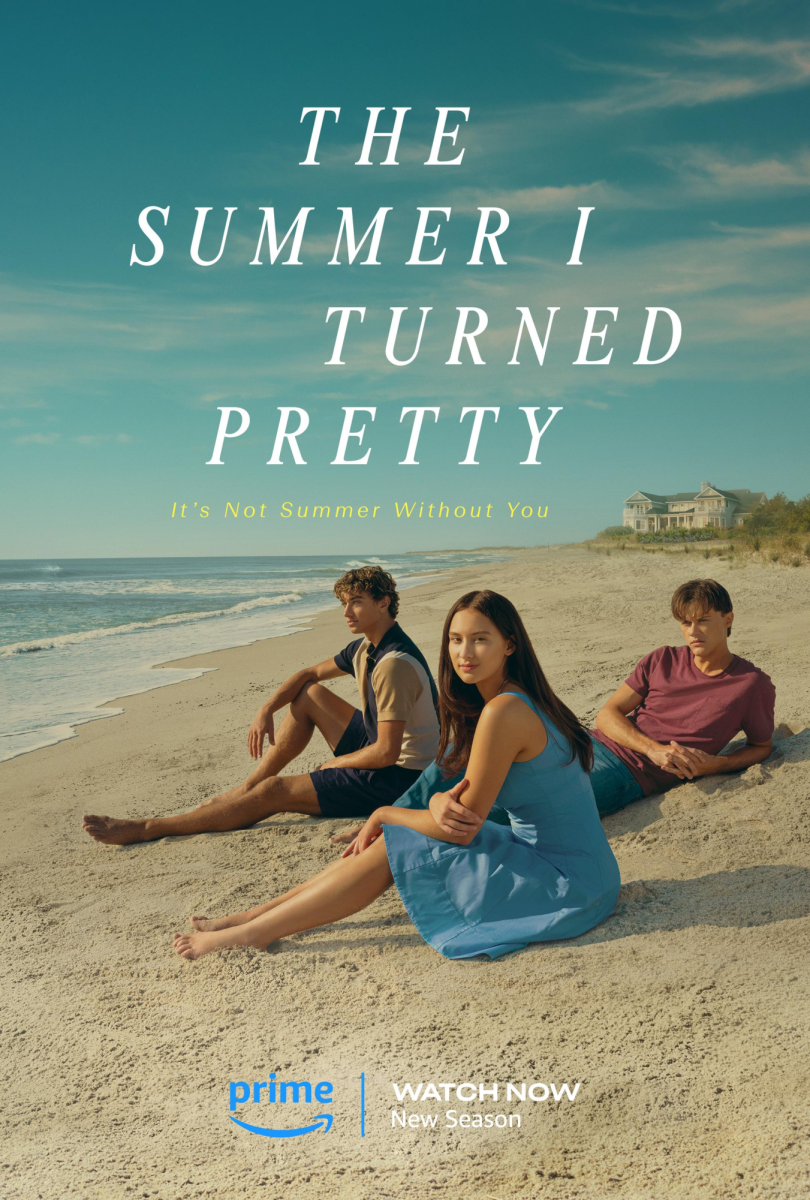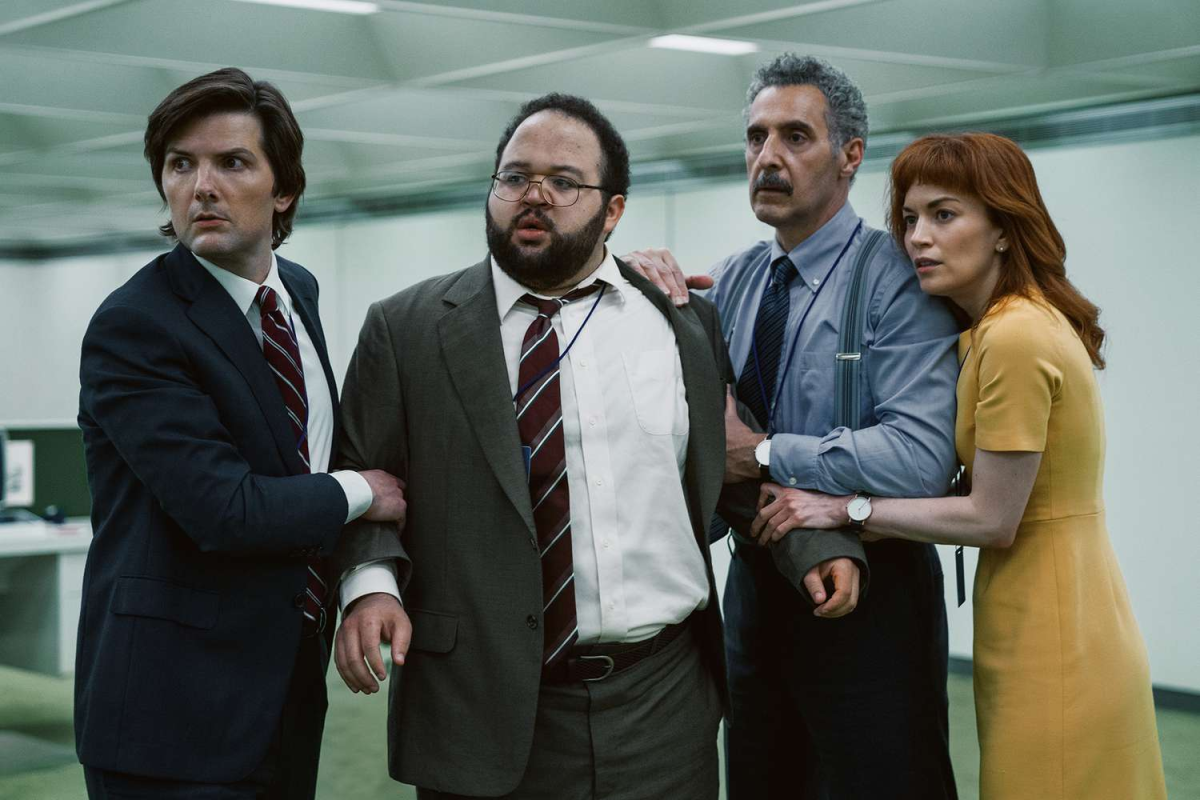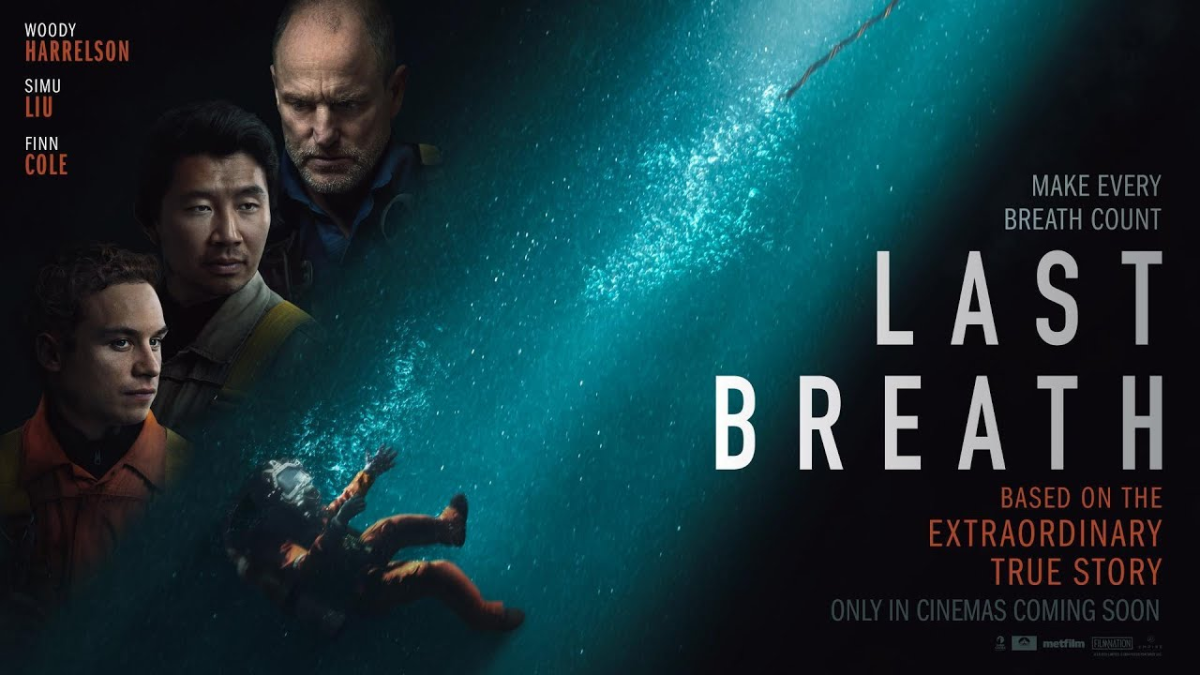Netflix’s latest slasher flick, “There’s Someone Inside Your House,” leaves much to be desired — namely, better writing. The movie was based on the book of the same name by Stephanie Perkins, which received great reviews when it was released in 2017. This adaptation sadly falls flat in comparison. Fans of campy horror movies, especially those that are so bad that they’re good, might be pleasantly surprised. Like with many movies, entering with any expectations can severely alter how the viewer will ultimately feel. If a viewer expects anything more than a cheesy slasher film, they might find themselves turning it off halfway through or doom-scrolling on Twitter instead.
The movie opens with a gruesome murder reminiscent of the 1996 thriller “Scream,” complete with a flirtatious call and an especially gory murder. It’s clear that Shawn Levy and James Wan, Directors of “Stranger Things” and “Saw,” respectively, know how to make murder scenes memorable. Unfortunately, anything beyond the exceptionally bloody scenes does little to make the slasher film enjoyable. The film might even leave the audience wondering if screenwriter Henry Gayden was in a “Saw”–esque trap themselves and was given the choice to respect the rules of storytelling or murder a previously successful book. Fans of “Scream” and “I Know What You Did Last Summer” might be left thinking that this is a retelling of the films by someone who once vaguely watched both movies, thought they were the same, and then forgot what made them great but was intent on retelling the story anyway.
Viewers at home will be taken on an almost completely forgettable journey through a series of murders by a masked slayer exposing the secrets of their peers, culminating in a completely unrelated killing fueled by teenage angst. For movie fans often confused about characters’ names, this film will make it easy as the characters openly introduce themselves by name repeatedly. They’ll continue to call out other characters by their full names, irrespective of their presence throughout the rest of the movie. Characters are loosely developed with their intentions and motives openly stated yet fail to follow their self-acknowledged personality traits and act contrary to their interests throughout forced interactions completely lacking in chemistry. This may have been an attempt to throw the audience off the trail of the murderer’s true identity, or, more likely, just the screenwriter’s complete disregard for the art of subtlety. Any attentive viewer most likely identified the murderer early on when the opening credits ran or by using the ability to follow through on the motive in a poor farm town.
The lone highlights of the film come from actress Sydney Park’s performance and the only redemption arc from her — seemingly dry and forced — love interest, the rebel outcast that the main outcasts shunned. People who need a mindless popcorn flick that they can put on in the background while they sit on their phones need not look further. More discerning viewers looking for a thriller with a less predictable outcome, a disregard for Chekhov’s Gun, and without so many holes in the plot that it would make even Swiss cheese envious, might want to keep browsing before settling on this.





























